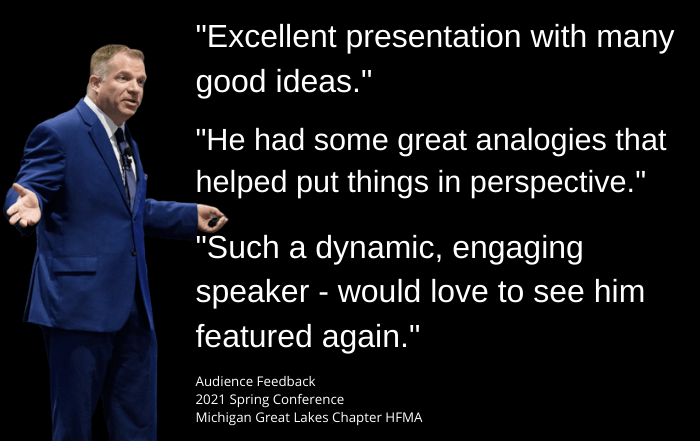 You may have trained your employees in what to say, but have you considered how employee nonverbal communication can hurt your business? Without realizing it, employees might be sending signals that push customers away.
You may have trained your employees in what to say, but have you considered how employee nonverbal communication can hurt your business? Without realizing it, employees might be sending signals that push customers away.
How Employee Nonverbal Communication Affects Customers
Recently, I had an appointment at my dentist’s office. Now, like many people, I don’t love going to the dentist, but I know regular checkups are important. I always schedule my visits first thing in the morning and usually arrive moments after someone has opened the doors.
On this day, as usual, I arrived a few minutes early. A group of five hygienists and front desk staff came in shortly after. However, their demeanor was striking—they looked like they were heading to a prison sentence. Heads down, feet dragging, and tight grips on their Stanley mugs, they seemed less than thrilled to be there.
The waiting area was small, and it would have been impossible not to notice me sitting there. Yet, none of the staff acknowledged me—no greeting, no smile, not even eye contact. It was as if I didn’t exist.
This got me thinking: if I’m the happiest person in a dentist’s office, something is wrong. While I’ve had good dental care here before, this experience left me wondering if their employee nonverbal communication was a sign of a deeper issue. After all, as customers, we all want to feel acknowledged and valued.
Improve Employee Nonverbal Communication to Boost Customer Experience
Employees need to understand that the moment they step in front of customers, it’s showtime. From the instant they walk through the door, they are representing the business. Whether they realize it or not, their nonverbal communication—body language, facial expressions, and posture—affects the customer experience.
Here are some simple ways to improve employee nonverbal communication:
- Greeting customers: Even a small gesture, like a nod or smile, goes a long way in making a customer feel welcome.
- Positive body language: Maintaining eye contact and using open, approachable body language can help customers feel comfortable and engaged.
- Professional posture: Slouching or dragging one’s feet might seem trivial, but these subtle actions can make a business feel less welcoming.
Set Clear Expectations for Employee Nonverbal Communication
Don’t assume that employees know how their nonverbal communication affects customers. Clearly state your expectations for both verbal and nonverbal interactions, just as you would with job duties or customer service guidelines. A simple smile or nod can make all the difference, and even help to defuse tense situations.
Train your team to recognize that their nonverbal cues—whether intentional or not—shape a customer’s impression of the business. By addressing these habits, you create a more positive customer experience, which can lead to better retention and satisfaction.






